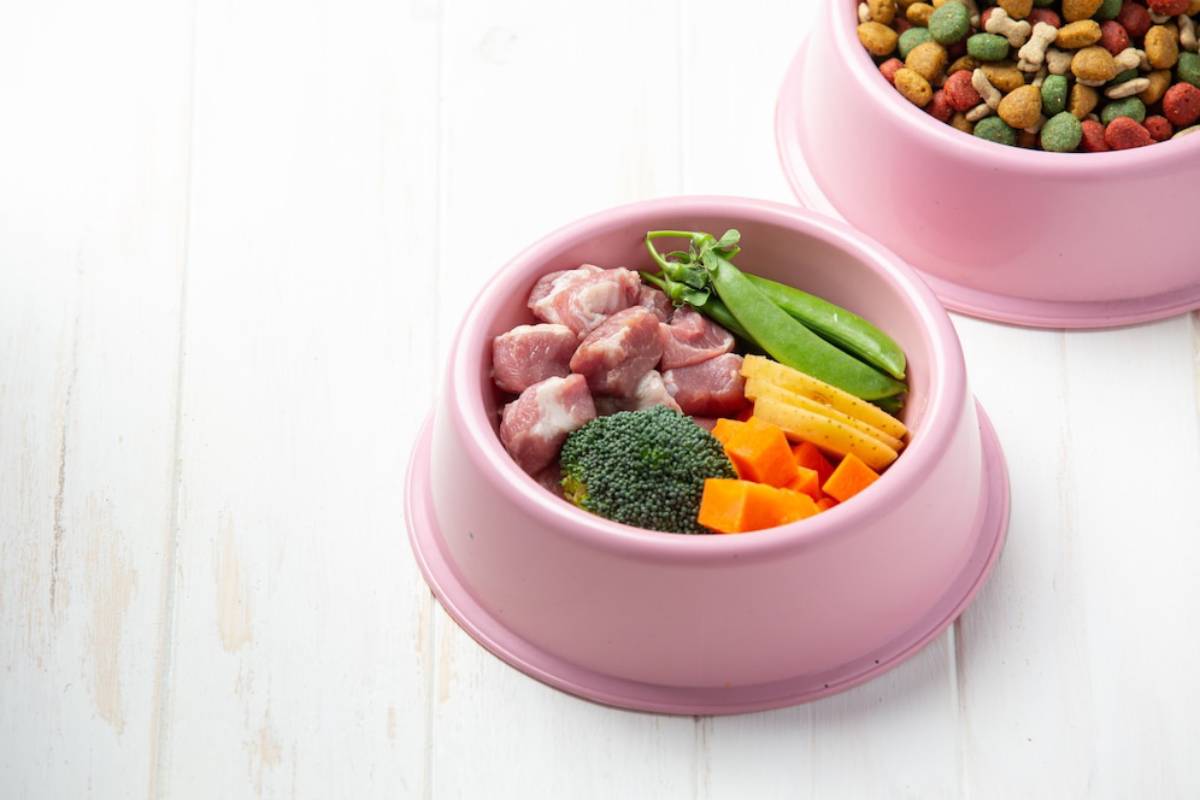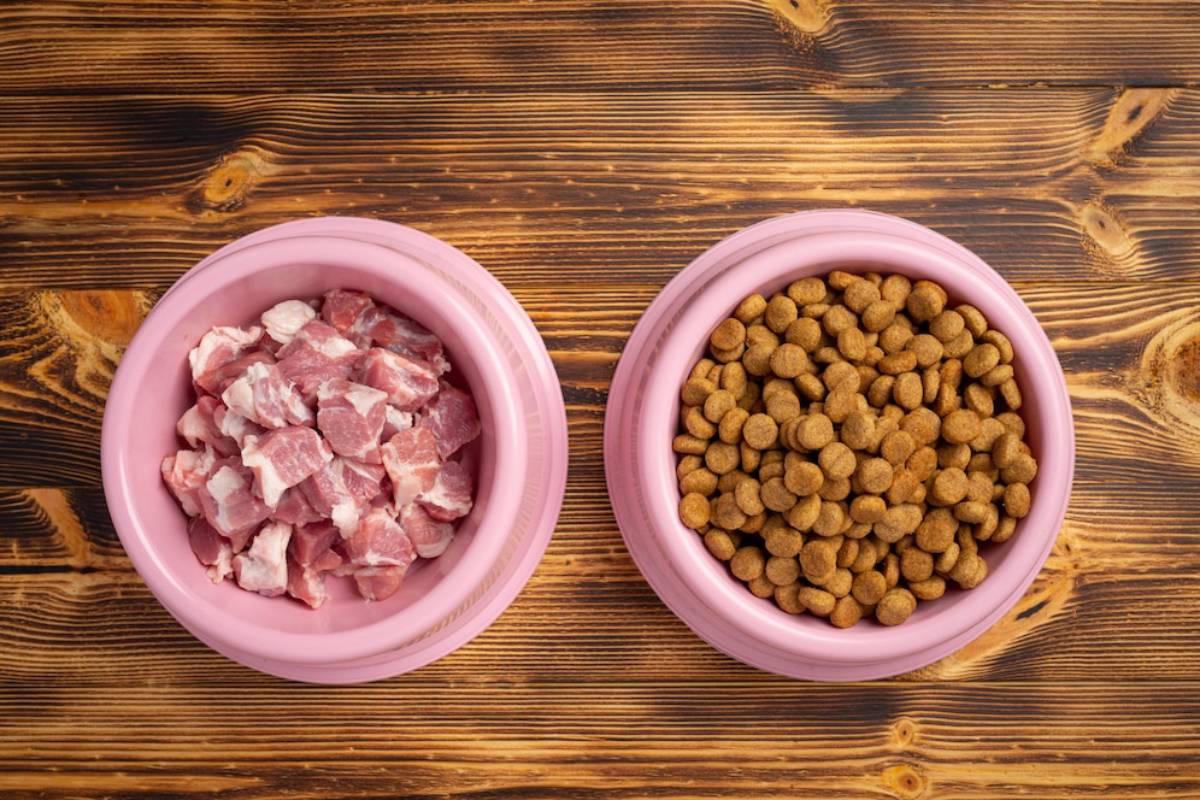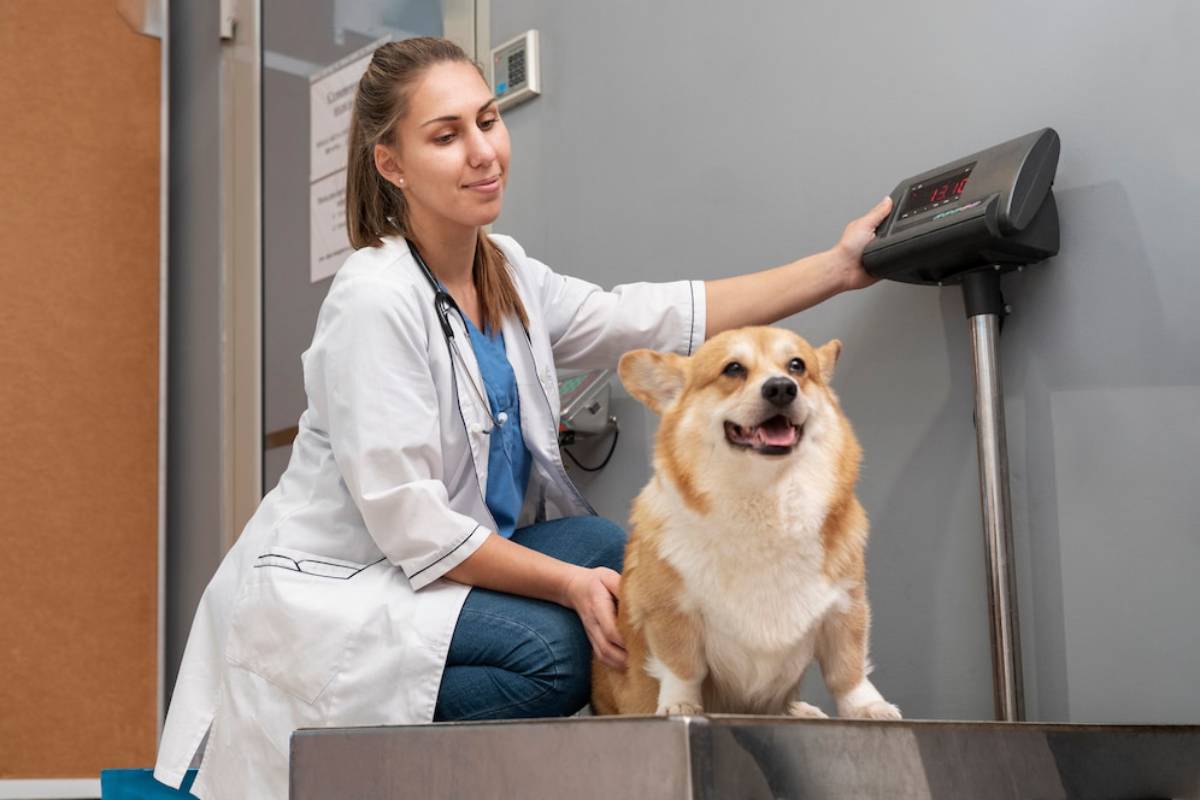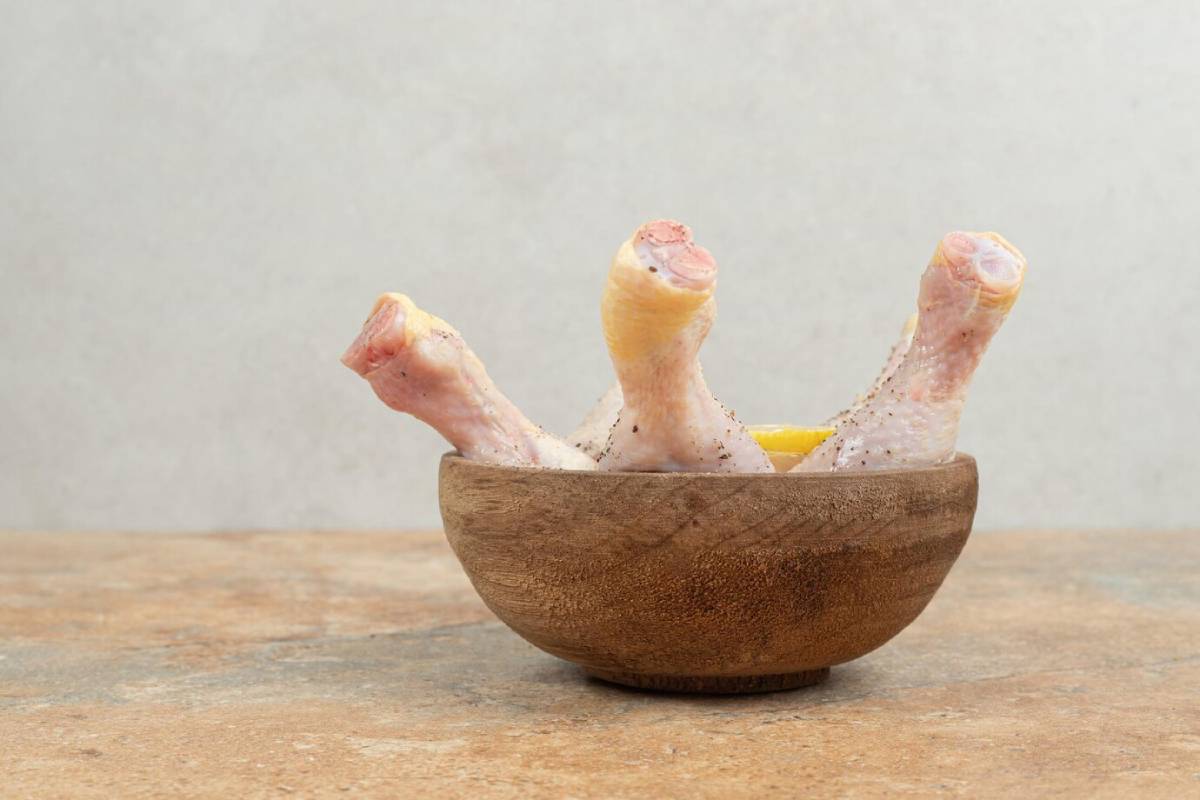
Transitioning from Commercial to Homemade Dog Food
Homemade dog food has been gaining popularity among pet owners who want more control over what their furry friends eat. If you’re thinking of making the switch, you’re not alone. Transitioning your dog from commercial to homemade food is a big change. So, it’s important to do it thoughtfully and carefully. Your dog’s digestive system needs consistency. Sudden changes can upset their stomach and cause nutritional problems. In this post, we’ll explore how to make the switch safely and smoothly, with practical advice to help you every step of the way.
Why Consider Switching to Homemade Dog Food?
Before diving into the how, let’s talk about the why. What makes homemade food worth the effort?
Greater Control Over Ingredients
When you prepare your dog’s food at home, you choose every ingredient. That means no preservatives, fillers, or mystery meat.
Tailored to Your Dog’s Needs
Whether your dog has allergies, a sensitive stomach, or a medical condition, homemade food allows you to customise their diet.
Freshness and Quality

Homemade meals can offer higher nutritional value when made with fresh, whole-food ingredients.
Strengthening the Bond
Preparing your dog’s meals adds a personal touch and deepens your connection.
Before You Begin: Important Considerations
Switching to homemade dog food isn’t as simple as swapping kibble for kitchen scraps. Dogs have specific nutritional needs that must be met.
Consult Your Vet or a Canine Nutritionist

This is a must. Every dog is different, and only a professional can ensure your new diet plan is complete and balanced.
Learn the Basics of Canine Nutrition
Dogs need a balance of:
- Protein (e.g., chicken, beef, fish)
- Carbohydrates (e.g., brown rice, oats, sweet potato)
- Fats (e.g., salmon oil, flaxseed oil)
- Vitamins and minerals (often from supplements or specific foods)
Plan Ahead
Prepare meal plans in advance and calculate portions based on your dog’s weight, age, activity level, and health conditions.
Creating a Smooth Transition Plan
Now that you’re prepared, here’s how to switch your dog from commercial to homemade food without upsetting their system.
Step 1: Start Slowly
Transition gradually over 7–10 days. Start by mixing a small amount of homemade food with their current food.
Example Transition Schedule:
- Days 1–2: 75% commercial, 25% homemade
- Days 3–4: 50% commercial, 50% homemade
- Days 5–6: 25% commercial, 75% homemade
- Days 7+: 100% homemade
Pay attention to your dog’s digestion, energy levels, and appetite during this time.
Step 2: Stick to One Recipe at First
Don’t introduce variety too early. Choose one balanced recipe and keep it consistent for the first few weeks.
Step 3: Monitor and Adjust
Watch for signs of digestive upset like gas, vomiting, or diarrhoea. If symptoms appear, slow the transition or revisit the recipe.
Sample Homemade Dog Food Recipe
Here’s a simple, balanced recipe you can try (vet approval required):
Chicken & Rice Dog Meal
- 500g chicken breast (cooked and shredded)
- 1 cup cooked brown rice
- 1/2 cup cooked carrots (chopped)
- 1/2 cup cooked peas
- 1 tablespoon salmon oil
- Calcium supplement (as advised by your vet)
Mix and serve according to your dog’s portion requirements. Store leftovers in the fridge for up to 3 days.
Common Mistakes to Avoid
Avoiding these common pitfalls will help make your transition smoother:
1. Not Supplementing Properly
Homemade food can be lacking in essential nutrients. Use vet-approved supplements.
2. Changing Too Quickly
Abrupt changes can lead to upset tummies. Patience is key.
3. Guessing Nutritional Needs
Don’t guess portion sizes or nutritional balance. Use online calculators or consult professionals.
4. Ignoring Food Safety
Store food properly and avoid harmful ingredients like onions, garlic, grapes, and chocolate.
Signs the Transition is Going Well

Look for these signs that your dog is thriving on their new homemade diet:
- Shiny coat
- Consistent energy levels
- Normal stools
- Healthy weight maintenance
If any of these go in the opposite direction, revisit your plan.
Making Homemade Feeding Sustainable
Once you’ve successfully transitioned, it’s all about consistency and convenience.
Batch Cooking
Prepare meals in bulk and freeze portions to save time.
Use a Meal Planner
Track ingredients, portions, and feeding times. This also helps you notice patterns and preferences.
Stay Informed
Canine nutrition advice evolves. Keep up to date with current research and recommendations.
Keep Vet Check-Ins Regular
Routine vet visits will help monitor your dog’s health and ensure their diet remains optimal.
Final Thoughts: Trust the Process and Stay Committed
Switching from commercial to homemade dog food is a great step for your dog’s health. However, it needs planning, patience, and commitment. It might feel daunting at first, especially with so much information out there. But once you find your rhythm, it becomes second nature. Remember, every dog is different, and what works for one might not suit another. Listen to your pup, involve your vet, and stay consistent.
Your dog will thank you with every tail wag, shiny coat, and bounce in their step.
What next? If you’re curious about the best homemade dog food recipes, storage tips, or must-have supplements, explore the rest of our blog. And if you’ve already made the switch, tell us how it went in the comments!


